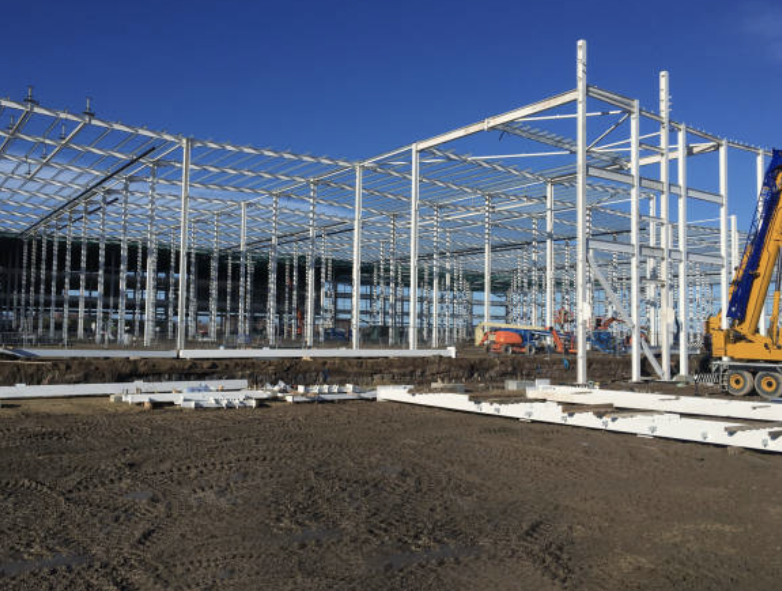
Posted on Tuesday, October 1, 2024
The UK steel industry has been a cornerstone of the nation’s industrial landscape for centuries. From its origins during the Industrial Revolution to its modern-day challenges and opportunities, the industry continues to play a vital role in economic development, employment, and technological innovation.
The roots of the UK steel industry date back to the late 18th century, during the Industrial Revolution. The introduction of the Bessemer process in the mid-19th century revolutionized steelmaking by dramatically lowering production costs and increasing efficiency. Cities like Sheffield became synonymous with high-quality steel production, earning a global reputation for innovation and craftsmanship.
The early 20th century saw significant growth in steel production, fueled by demand from the automotive, construction, and shipbuilding industries. However, the post-World War II period brought challenges, including increased global competition, higher production costs, and a decline in demand for traditional heavy industries.
In the 1980s, the UK steel industry underwent extensive restructuring, with privatizations and closures of inefficient plants. While these changes improved efficiency, they also led to job losses and a reduced share of global steel production.
The UK steel industry contributes approximately £2 billion annually to the economy and supports around 33,000 direct jobs, with thousands more in the supply chain. Steel remains essential for infrastructure projects, renewable energy initiatives, and advanced manufacturing.
Modern steel production in the UK focuses on sustainability and innovation. Electric arc furnaces (EAFs) are increasingly used to recycle scrap steel, reducing energy consumption and carbon emissions. Research into low-carbon technologies, such as hydrogen-based steelmaking, demonstrates the industry's commitment to environmental responsibility.
Government support through subsidies, trade policies, and investments in energy efficiency will be critical for the industry’s future.
The UK steel industry involves the production of steel and steel products for various applications, including construction, automotive, and renewable energy sectors. It has been a key part of the nation’s economy since the Industrial Revolution.
The main challenges include global competition, high energy costs, achieving sustainability goals, and fluctuating demand.
The industry is adopting recycling technologies, using electric arc furnaces, and exploring hydrogen-based steelmaking to reduce carbon emissions.
Q: Why is steel important for renewable energy?
A: Steel is a critical material for building wind turbines, solar panel frames, and energy storage systems due to its durability and strength.
Q: What innovations are transforming the UK steel industry?
A: Hydrogen-based steelmaking, carbon capture and storage, and increased use of electric arc furnaces are leading innovations.
Q: Can the UK steel industry compete with global producers?
A: While global competition is intense, the UK can focus on high-quality, specialized steel products and sustainable practices to carve out a competitive niche.
The UK steel industry has a rich history and remains an essential part of the nation’s industrial fabric. While it faces significant challenges, opportunities in sustainability, innovation, and infrastructure projects present a promising future. With the right investments and policy support, the UK steel industry can continue to thrive, contributing to economic growth and environmental goals.

Understanding Coil IDs, Mandrel Sizing, and Shear Pin Safety in Uncoilers
Posted on Wednesday, October 1, 2025
Mismatched sizes can lead to machine damage, downtime, and safety hazards — often evidenced by a shear pin failure.

How Coil Tensile Strength Affects Roll Forming and How to Adjust Your Machine
Posted on Wednesday, October 1, 2025
Changes in tensile strength can significantly affect the finished profile, causing misaligned bends, uneven edges, and out-of-spec parts.

Why Paint Cracks on an Embossing Line Running Pre-Painted Coil and How to Prevent It
Posted on Wednesday, October 1, 2025
This issue not only affects the visual quality of the product but can also lead to increased scrap rates and customer complaints.

The Most Popular Standing Seam Metal Roof Panels in the U.S. — A Comprehensive Guide
Posted on Monday, September 29, 2025
In this post, we’ll explore what panel styles and sizes are most popular in the U.S